The American Society of Mechanical Engineers (ASME) is an organization that has established codes and standards for the production of nearly every product that is produced in the world. Their main goal is to ensure that products are safe for the public and that manufacturing conditions are safe. Read More…
If you are looking for innovative pressure vessels, you’ve come to the right place! We actively manage your project every step of the way. We keep you informed of what we are doing to ensure we keep up to your standards and delivery times.
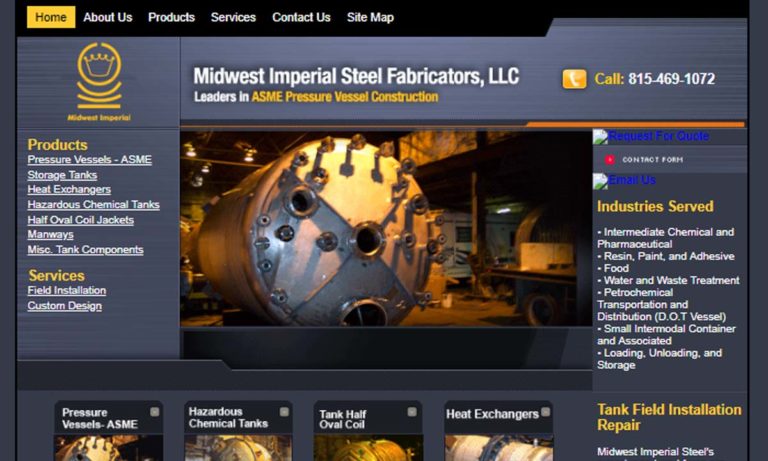
Gladwin Tank Manufacturing builds custom ASME pressure vessels. We work with stainless, carbon, duplex and the nickel alloys and offer custom rolling, plasma, and water jet cutting. Paired with our expertise in multiple welding procedures, we’re capable of handling every project, large and small. Contact us for your custom build requirements. We are more than just pressure vessels, we...
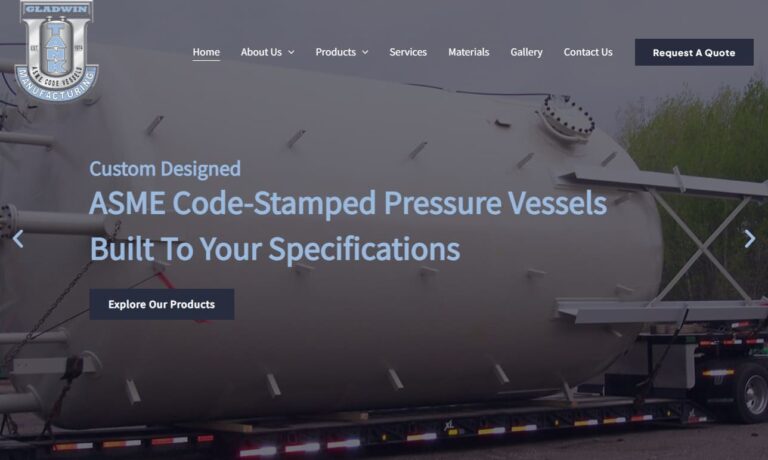
Rexarc’s focus is on the fabrication of custom stainless and carbon steel pressure vessels. We welcome applications with pressures between 500 and 5,000 psi. After nearly 100-years of being in business, Rexarc has the knowledge, attitude, equipment, and processes to support your needs in vessel production and value add services of piping, instrumentation, paint, and other controls...
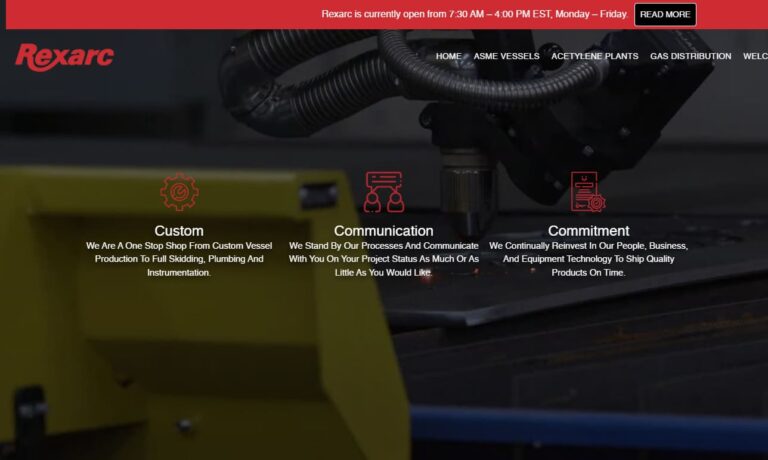
Midwest Tank Company has provided quality tanks to small and large corporations and contractors since 1972. Our reputation is built on exceptional services and customer satisfaction! Our fabrication techniques have been developed through years of tank specialization, combined with personnel who are experienced in all phases of our operation.
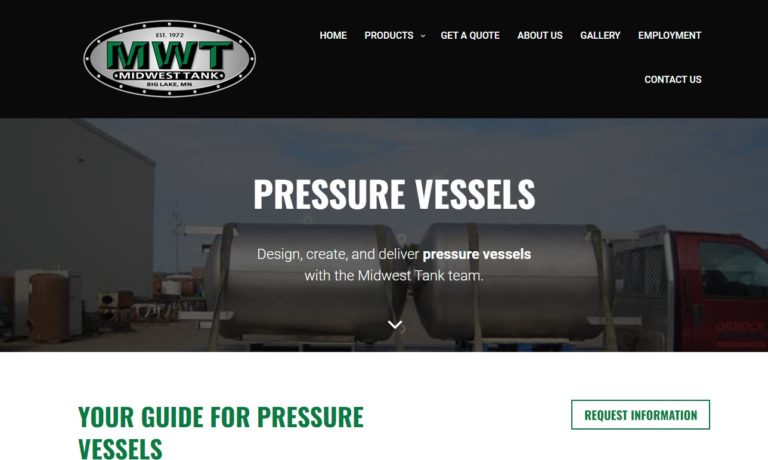
For the most challenging requests, experience and state-of-the-art machinery allow Pressure-Tech to design and manufacture top-of-the-line pressure vessels. By holding "U", "H" & "R" code stamps and employing FCAW, GMAW & SAW welding procedures for carbon & stainless steel vessels, we can provide you with custom pressure vessels fabricated to meet ASME specs, as well as non-code pressure vessels.
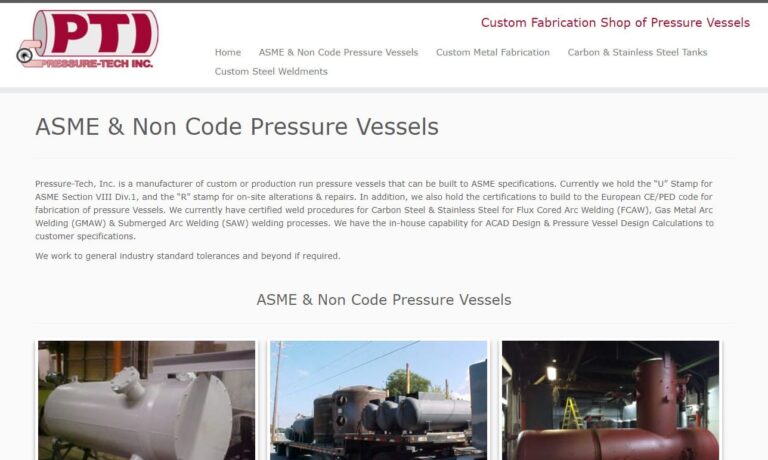
More ASME Pressure Vessel Manufacturers
ASME Pressure Vessels
In the area of boilers and pressure vessels, the codes and standards that the ASME pressure vessels regulations cover are written and created by engineers who use their experience, background, knowledge, and expertise to develop guidelines for producers. Manufacturers that meet the ASME requirements are given a certification that can be displayed on their products.
What are the ASME Pressure Vessels Standards?
Of the many types of equipment that operate in hospitals, factories, schools, and other facilities, boilers and pressure devices can be the most hazardous and potentially dangerous. The mishandling and poor construction of these devices is what led to the creation of the standards by the ASME for pressure vessels.
ASME pressure vessel codes are used for all forms of pressurized equipment, such as vessels, piping, fittings, and boilers. The codes are designed to cover any of the potential hazards a pressure device can create. They cover the design, construction, maintenance, and changes regarding pressurized equipment.
The codes and standards are broken into groups. Codes labeled VIII-1 are for vessels, towers, and exchangers. Ones that are identified as I and IV are for boilers and hot water heaters. A series of codes that begin with B31.1 and include B31.3 and B31.5 are for pipe systems with B31.3 being for fittings. When a manufacturer produces a pressure device that is outside the range of the established codes, ASME code VIII-2 is used where an analysis of the design and construction is performed.
ASME Pressure Vessels Codes for Boilers
The ASME pressure vessels codes for boilers cover more than the construction and design of boilers. Since poorly designed and manufactured boilers are a very real and dangerous hazard, the ASME developed guidelines for construction and standards for materials and piping. Along with those requirements, they also published methods for the care of boilers.
The ASME pressure vessels standards for boilers cover the power for miniature boilers, high temperature water boilers, heat recovery steam generators, and fire pressure vessels. The codes are used for the production of various types of locomotives as well as devices that provide stationary service. The codes for boilers are found in the ASME section labeled boiler and pressure vessel codes (BPVC), which include BPVC-II, V, VIII-1, and IX.
The second section of boiler codes is a set of guidelines that are directions for people who operate, maintain, and inspect power boilers. They include the full spectrum of boilers from stationary to portable but do not include locomotives, high temperature boilers, or nuclear power plant boilers. Included in the guidelines are directions for operating auxiliary and additional devices.
ASME Pressure Vessels Codes
Since it is not possible to have standards and codes to cover all possible conditions, the ASME pressure vessels codes offer general nonspecific codes that are still covered on the BPVC section. These codes are divided into divisions one, two, and three that cover different aspects of the production of pressure vessels.
Division one is regarding the design, fabrication, inspection, testing, and certification of pressure vessels that operate at a psi that exceeds 15 psi. They cover any form of vessel that creates pressure and is used for pressure vessel construction. Included are the various fabrication methods such as welding, forging, and brazing.
Division two standards cover any aspects of construction that may not be covered in division one and is a more rigorous set of guidelines. They expand to cover pressure vessels that may have human occupants such as diving bells.
Division three deals with high pressure vessels that operate at extremely high psi. Vessels in this category operate at psi that exceeds 10,000 psi and does not have a pressure limit. Certifications in this category are U3 or UV3.
The Importance of ASME Pressure Vessels Codes
The establishment of the ASME pressure vessels codes is the result of problems that developed during the early stages of boiler use. At the time, several tragedies occurred that resulted in significant damage to buildings and deaths. These accidents led to public outrage and the development of the boiler pressure vessels codes that were incorporated into the ASME.
As with every aspect of the ASME, the pressure vessels codes ensure public safety and provide established and clear guidelines for producers and users of pressure vessels. History has proven that the guidance of the ASME has led to safer use of pressure vessels.

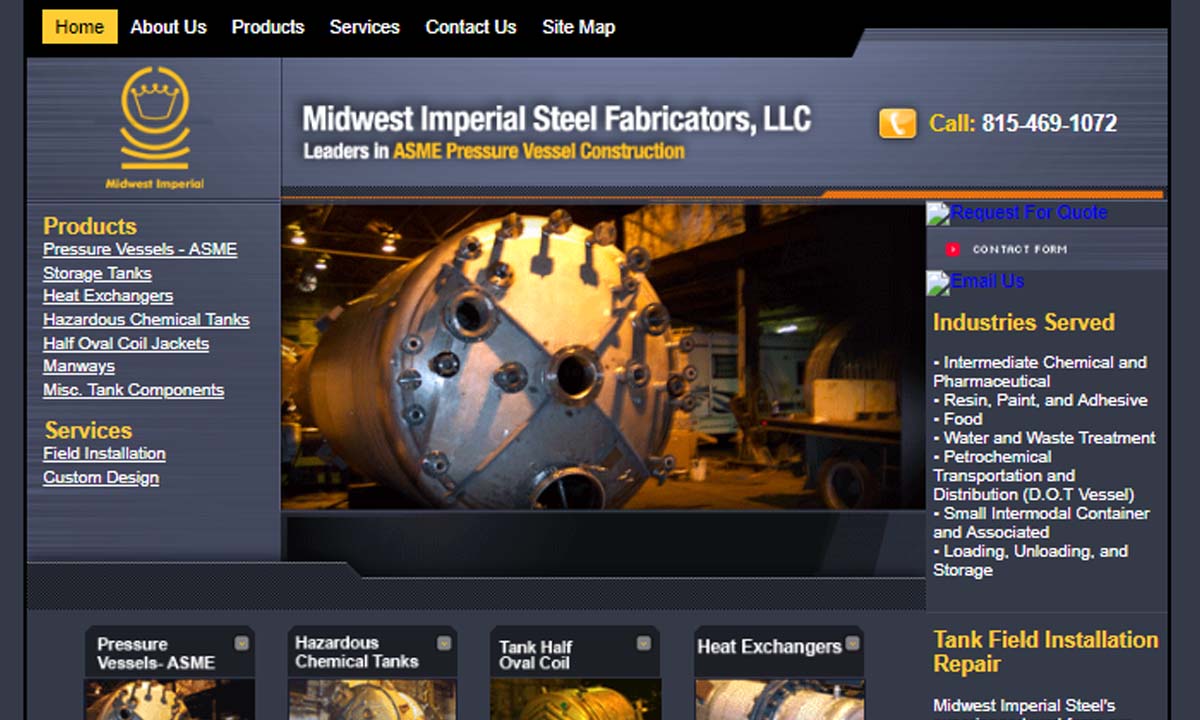
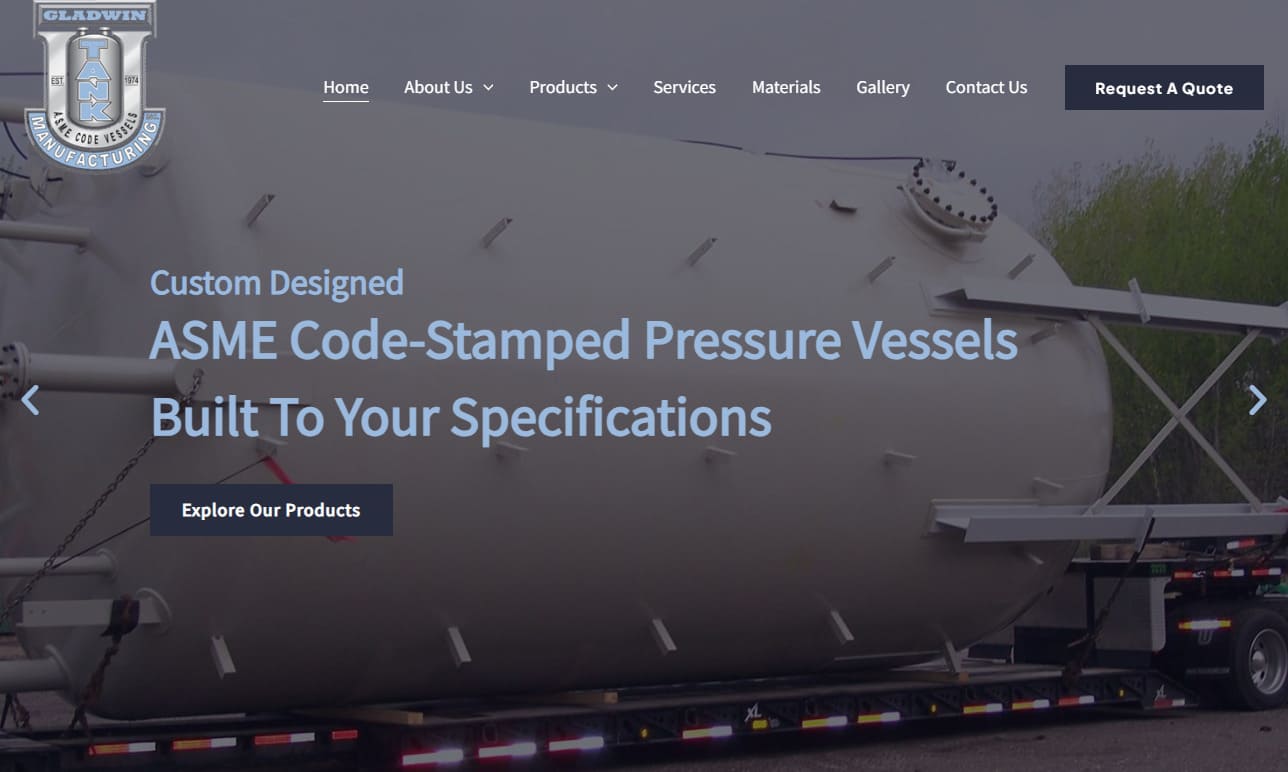
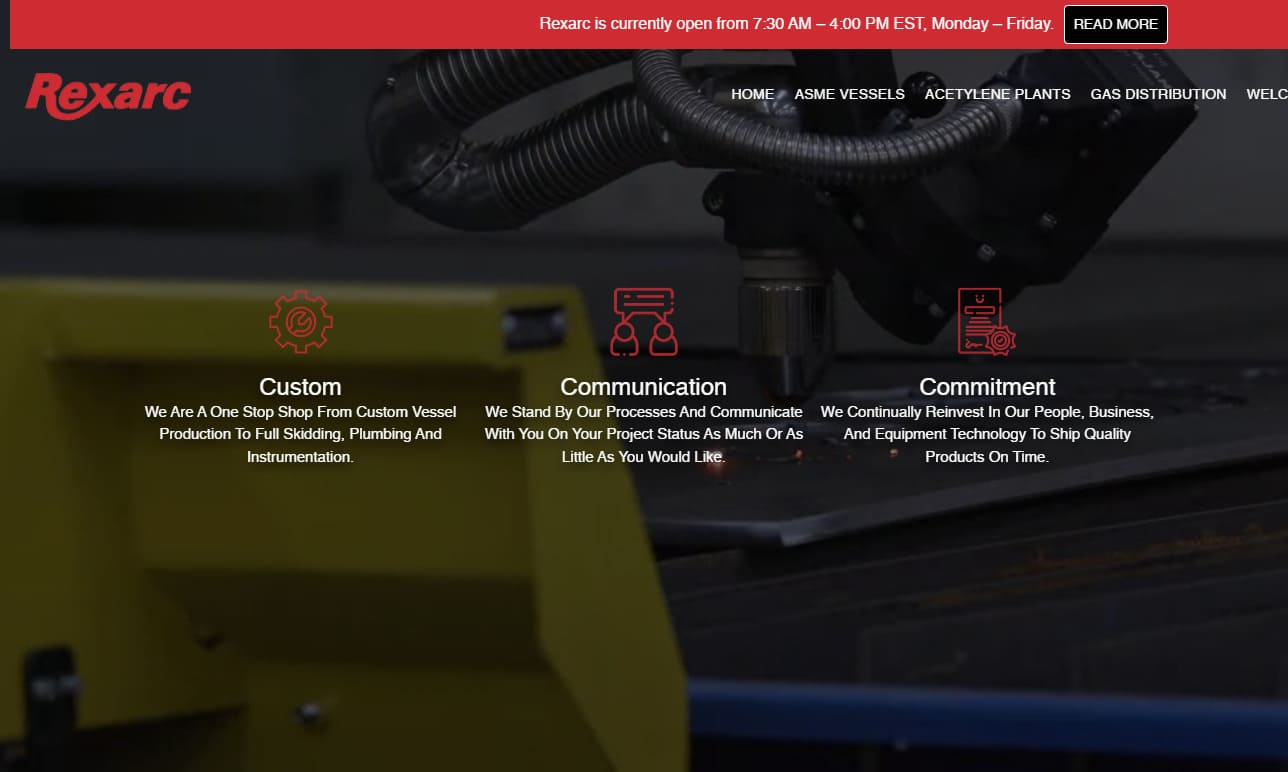
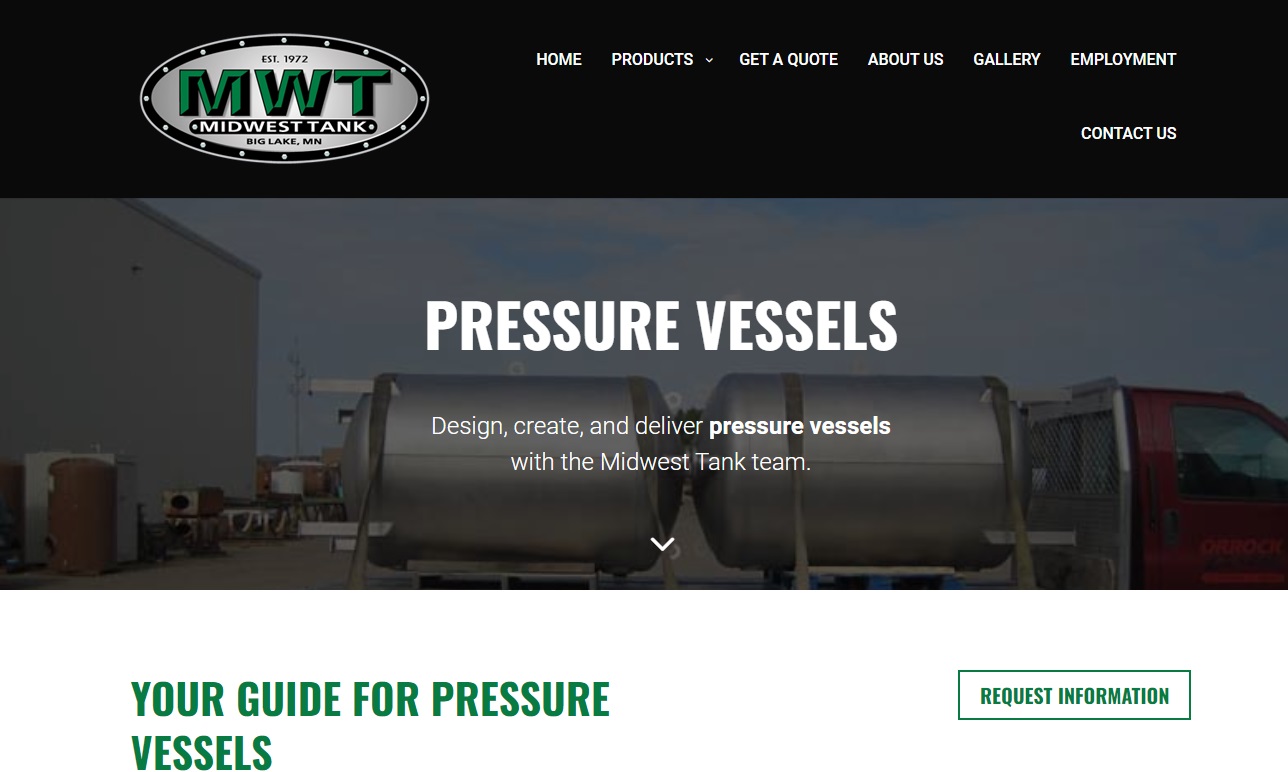
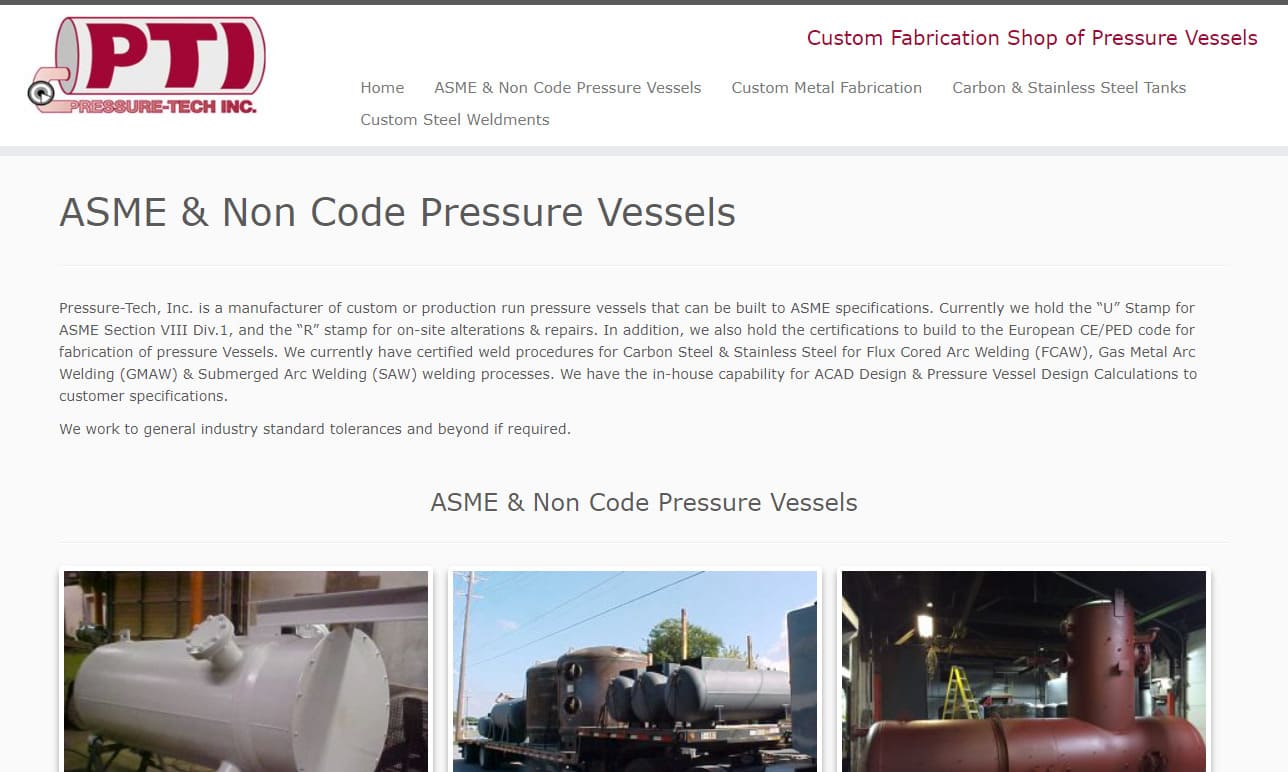
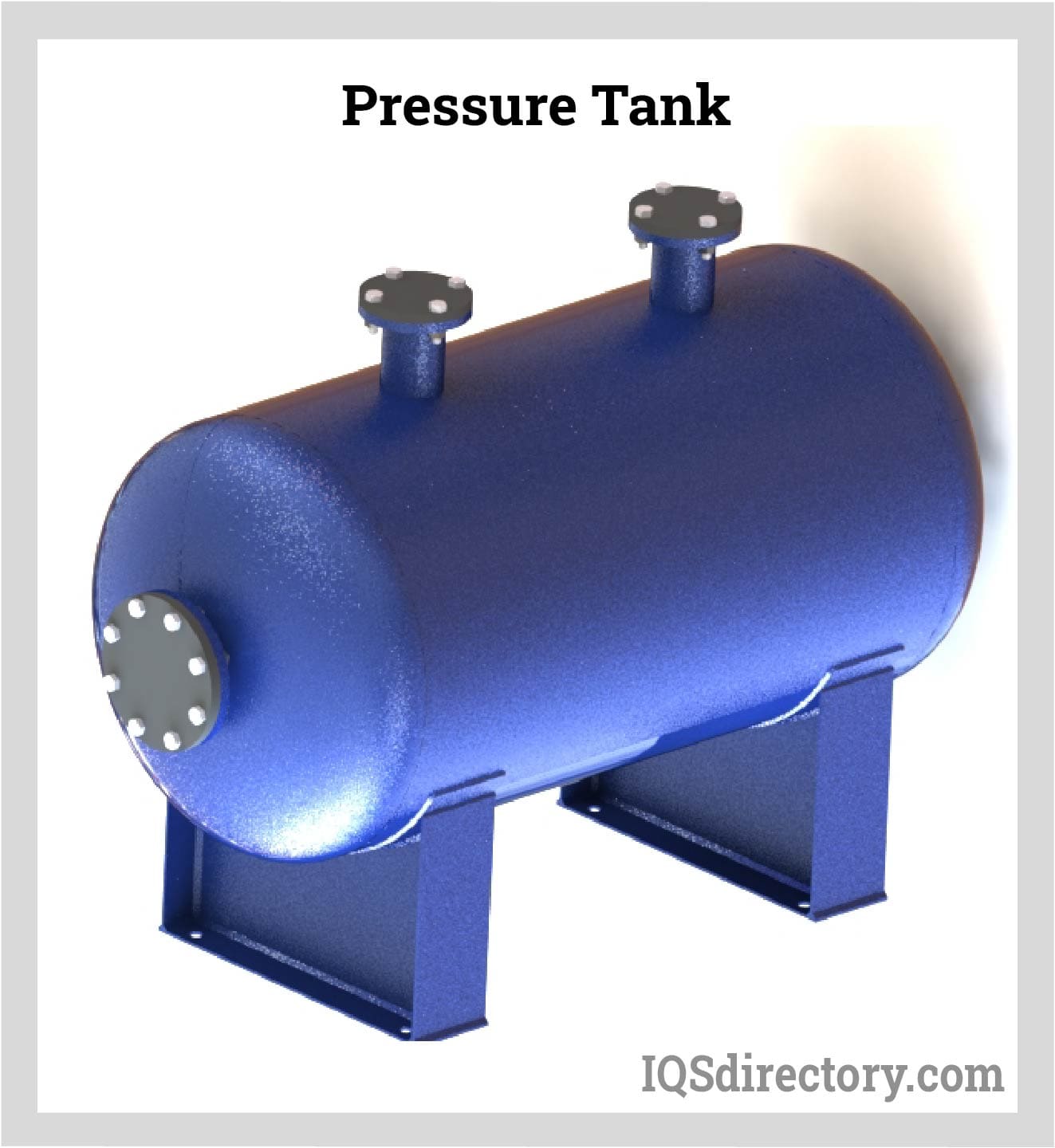
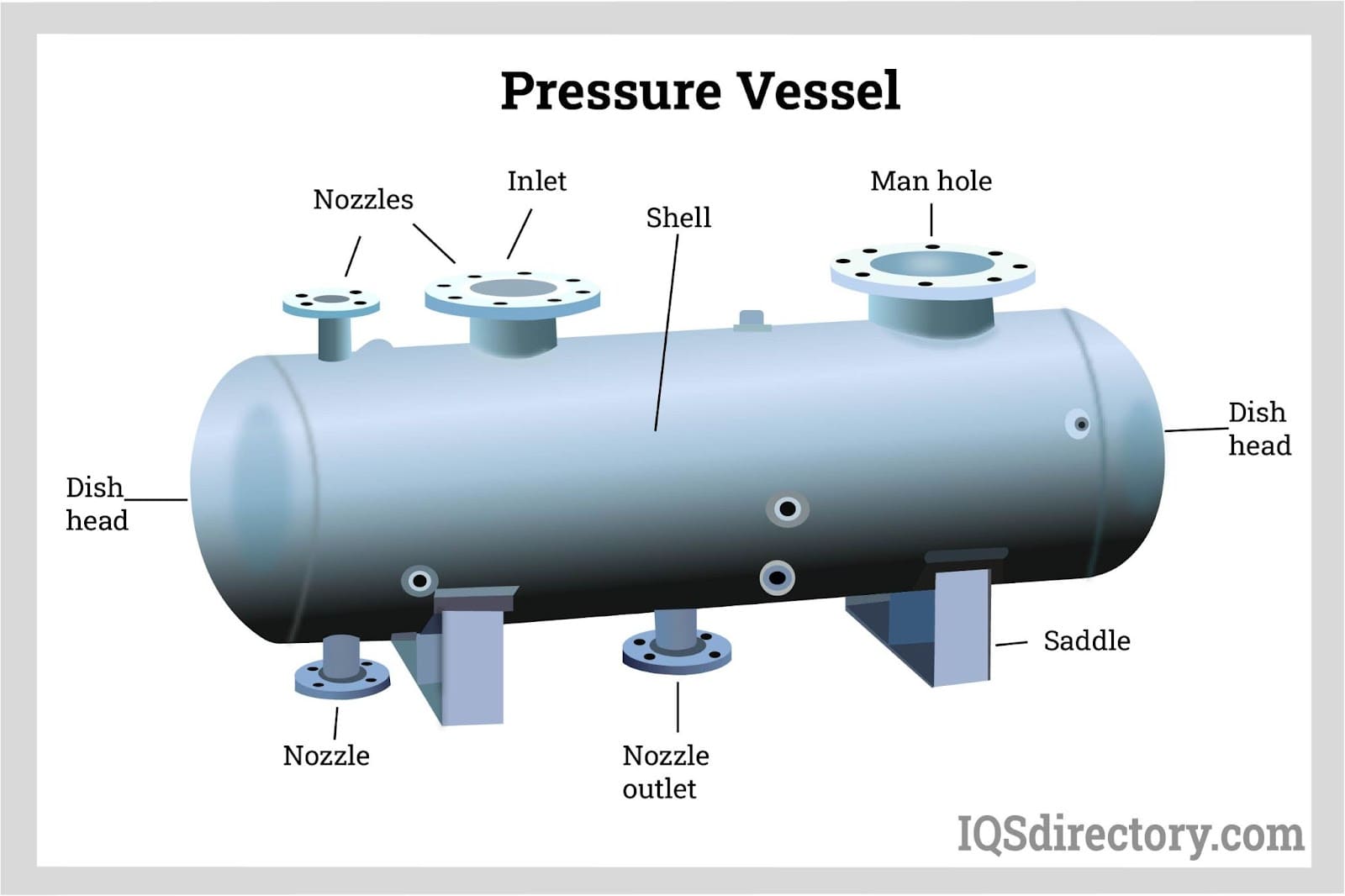
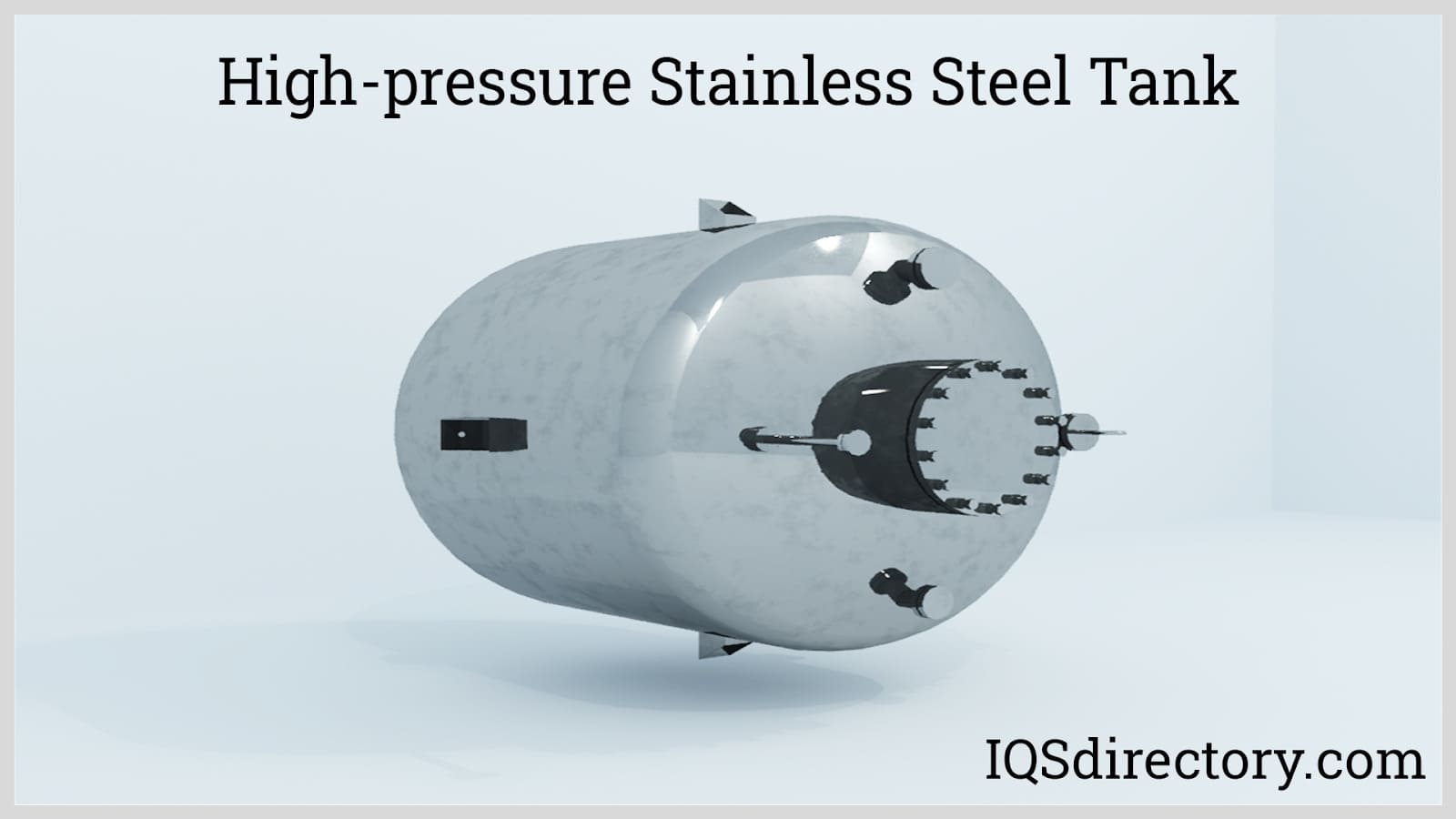
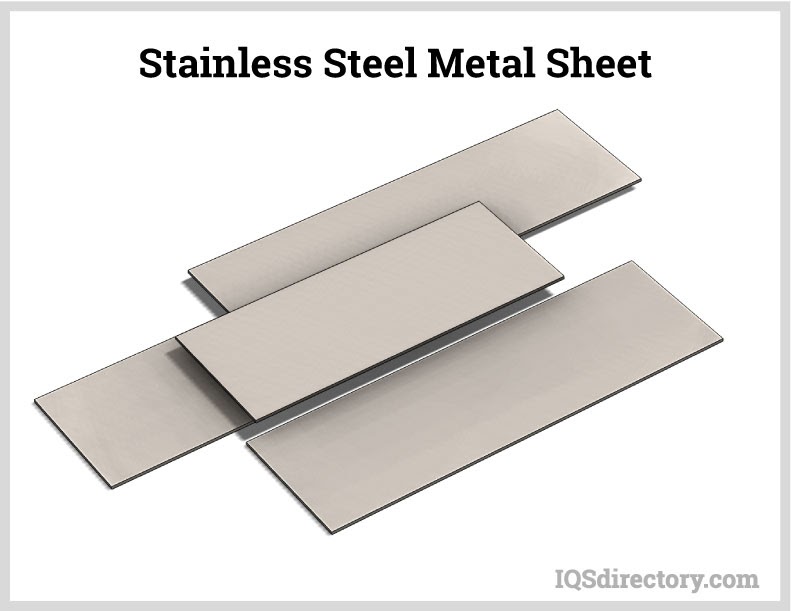
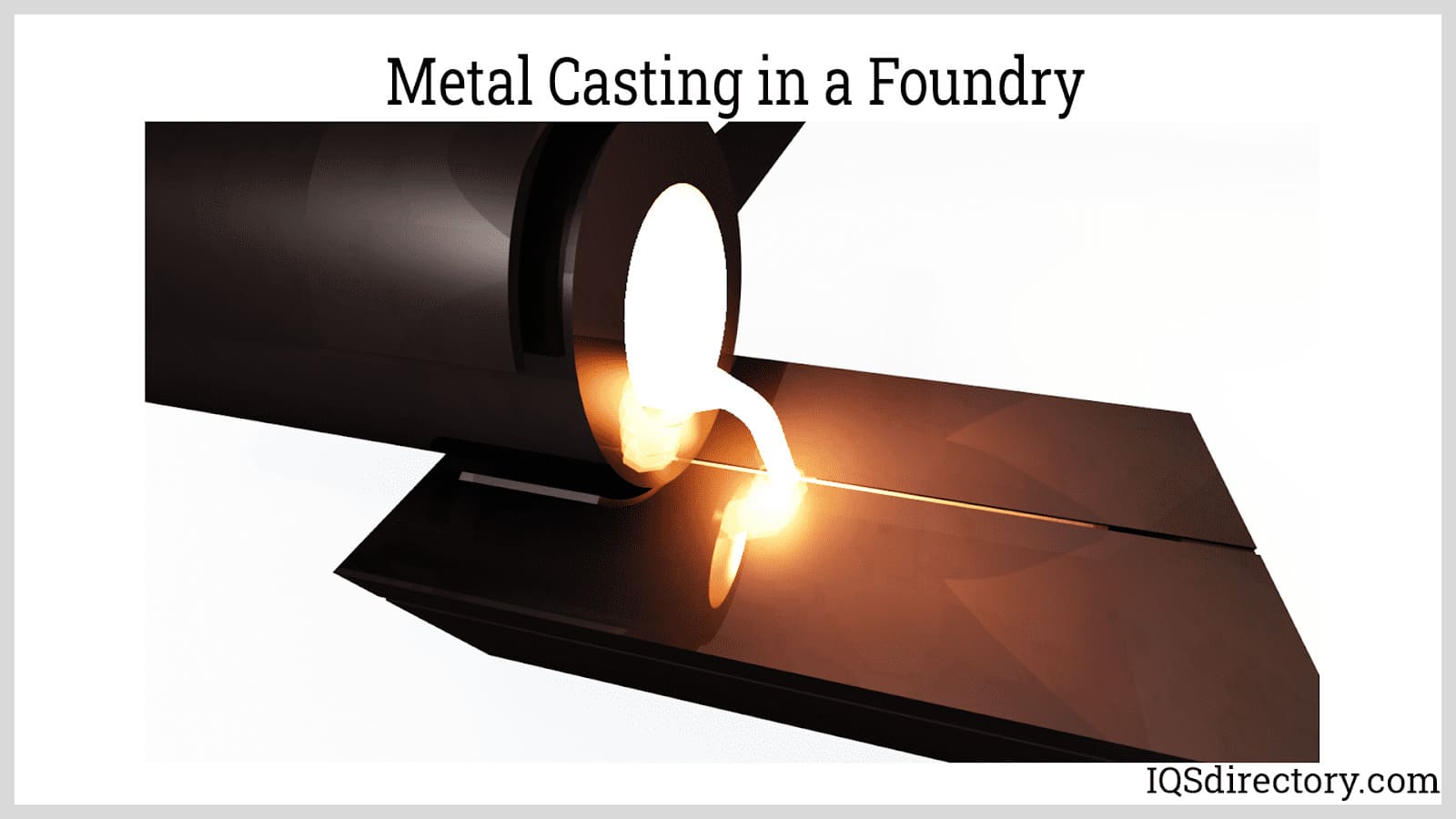
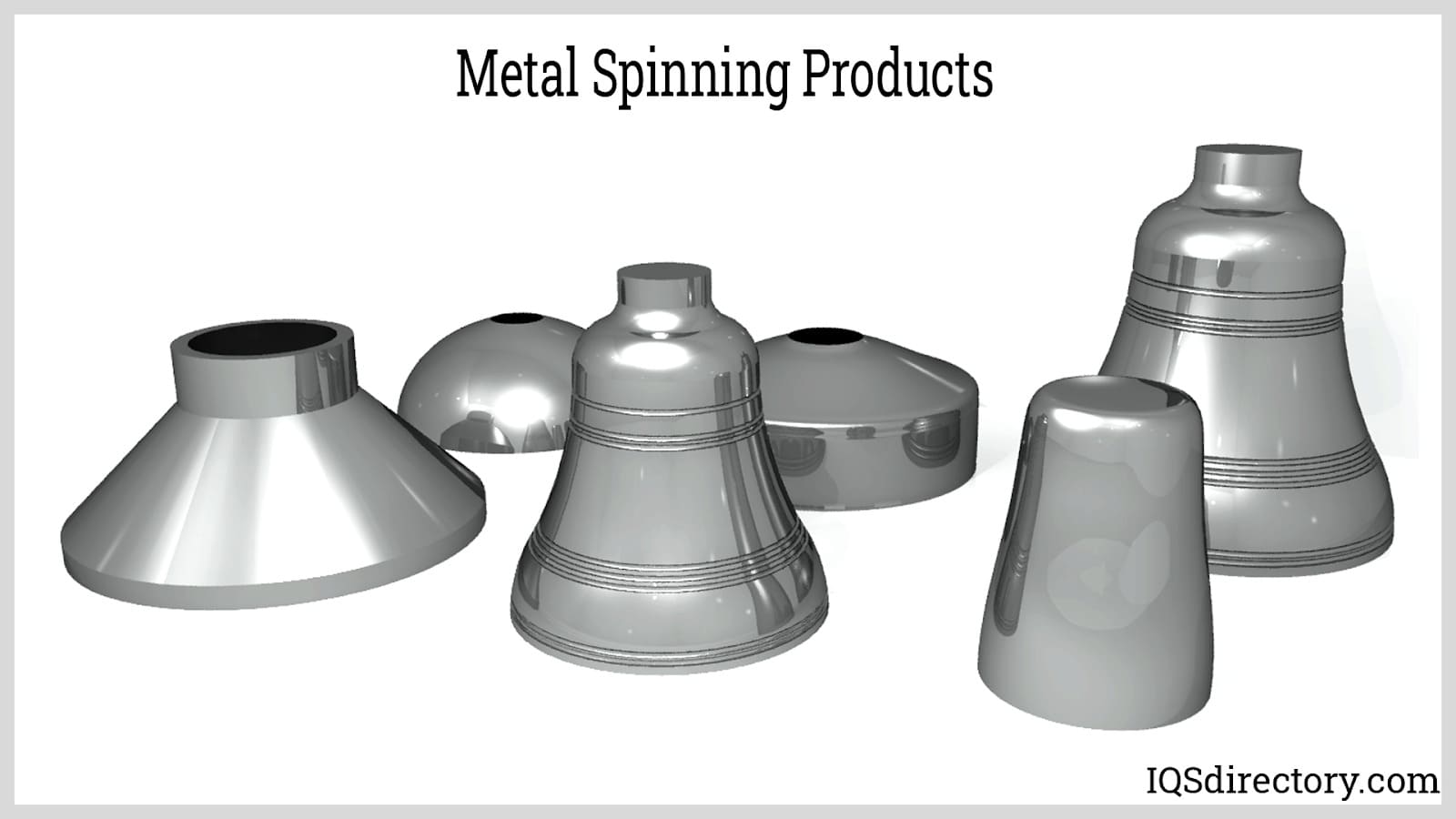
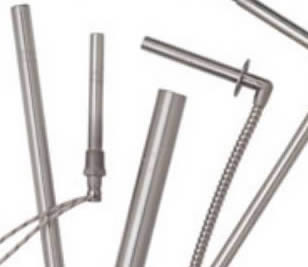 Electric Heaters
Electric Heaters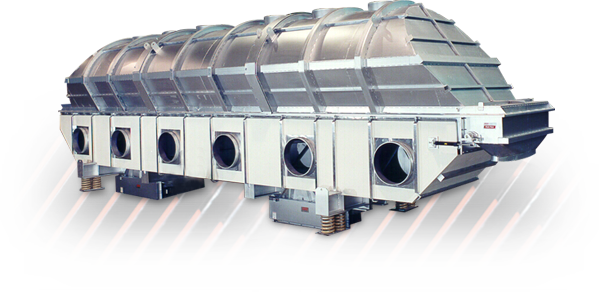 Industrial Dryers
Industrial Dryers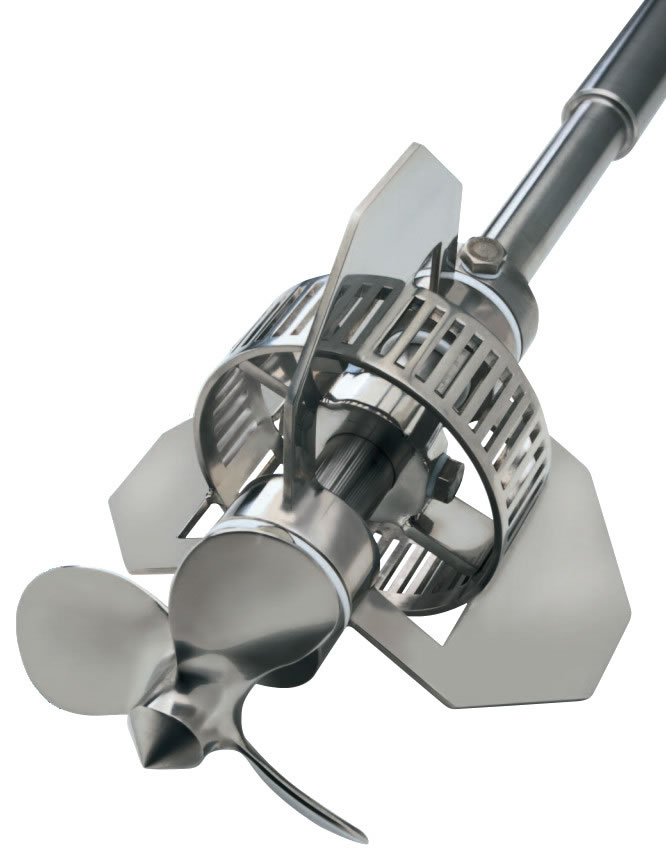 Industrial Mixers
Industrial Mixers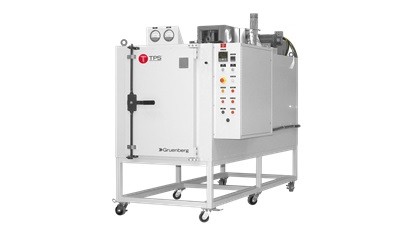 Industrial Ovens
Industrial Ovens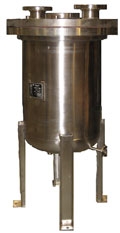 Pressure Vessels
Pressure Vessels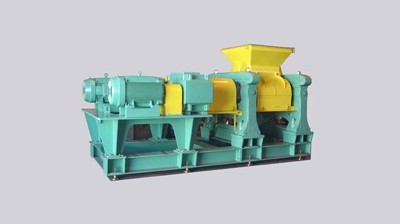 Pulverizers
Pulverizers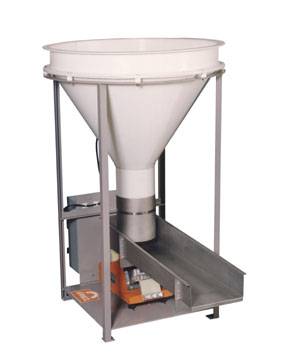 Vibratory Feeders
Vibratory Feeders Castings & Forgings
Castings & Forgings Bulk Material Handling
Bulk Material Handling Electrical & Electronic Components
Electrical & Electronic Components Flow Instrumentation
Flow Instrumentation Hardware
Hardware Material Handling Equipment
Material Handling Equipment Metal Cutting Services
Metal Cutting Services Metal Forming Services
Metal Forming Services Metal Suppliers
Metal Suppliers Motion Control Products
Motion Control Products Plant & Facility Equipment
Plant & Facility Equipment Plant & Facility Supplies
Plant & Facility Supplies Plastic Molding Processes
Plastic Molding Processes Pumps & Valves
Pumps & Valves Recycling Equipment
Recycling Equipment Rubber Products & Services
Rubber Products & Services